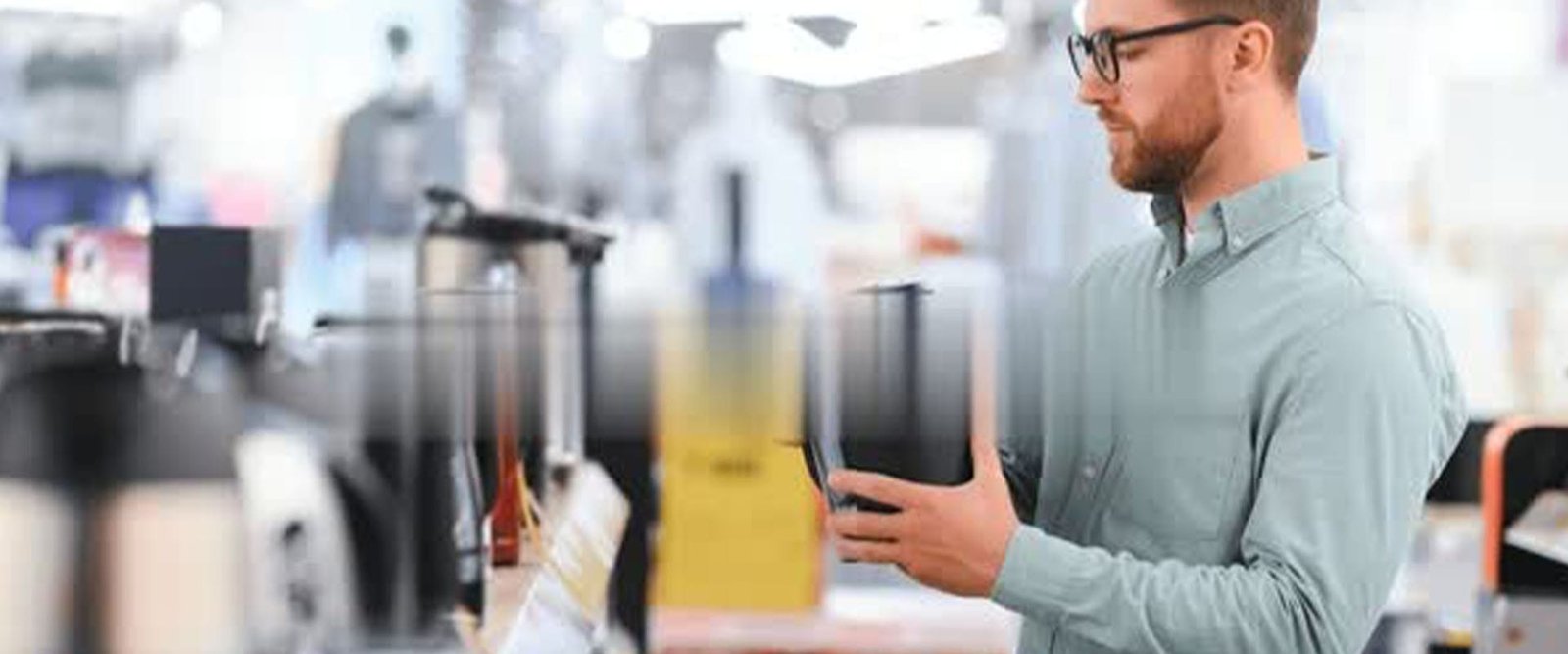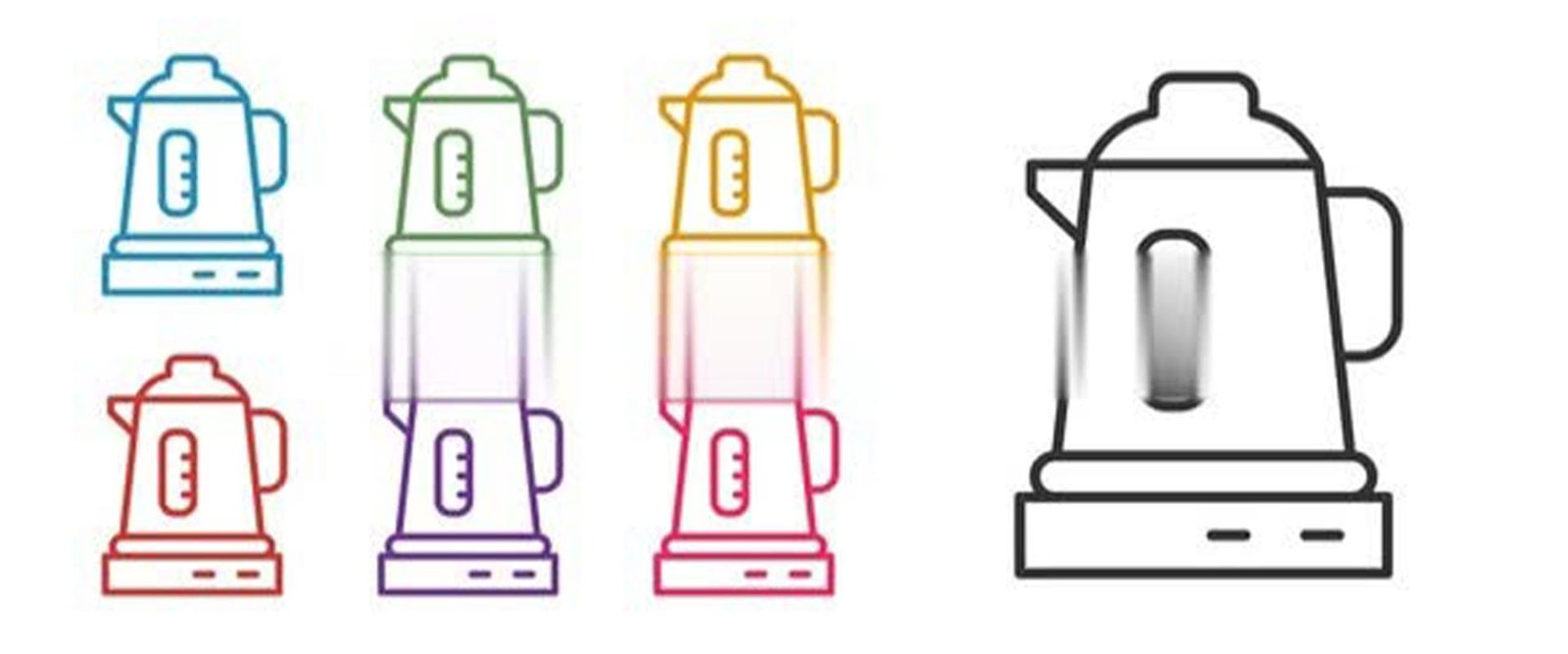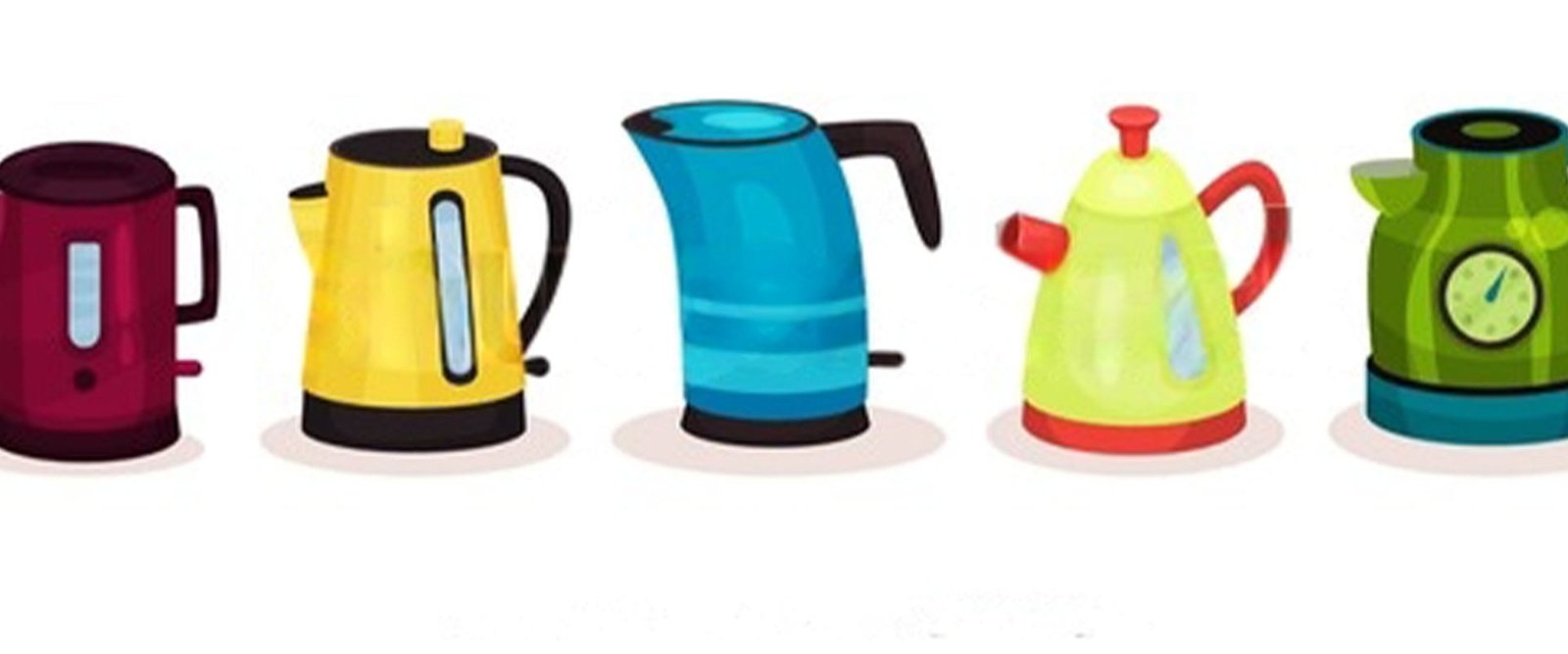Ⅰ: Distribution of mainstream capacity ranges
Home use: 0.8L-1.7L (for families with 2-6 people)
Commercial use: 1.8L-5L (for office/restaurant scenarios)
Industrial customization: 5L+ (for hotels/production lines)

Ⅱ: Decoding the capacity differences of different models
1. Basic model vs. smart model
Basic model: fixed capacity design (1.2L/1.5L/1.7L three gears);
Smart model: adjustable capacity technology (300ml-1.8L infinite adjustment);
Cost difference analysis: the marginal impact of each 0.1L increase in capacity on material cost.
2. The impact of materials on actual capacity
Stainless steel material: increased wall thickness leads to a 5-8% reduction in effective capacity;
Glass material: precise water level control advantage brought by transparent design;
Plastic material: capacity maxim

Ⅲ.Accurate matching of capacity and family needs
Golden ratio formula: number of people × 200ml + 20% margin buffer
Scenario case demonstration:
2-person family: 2×200ml×1.2=480ml → 0.5L basic model is recommended
6-person family: 6×200ml×1.2=1440ml → 1.5L smart model is recommended
Special usage scenario considerations
Mother-child family: small capacity and fast water boiling needs (0.8L with precise temperature control);
Afternoon tea lovers: medium capacity + insulation function combination;
Open kitchen: large capacity design + fast boiling technology.

IV.B-end purchasing decision guide
Capacity combination strategy for bulk purchasing
20% small capacity + 60% standard capacity + 20% large capacity golden ratio
Design according to capacity demand fluctuations during time periods (such as special equipment for breakfast peak)
OEM/ODM customer exclusive service
Capacity customization process: demand analysis → 3D proofing → mass production test
Successful case: 2.2L hidden water tank design customized for European hotel chain

8 Capacity Knowledge that is Easily Overlooked
Capacity Correction Factor for High Altitude Areas (5% effective capacity reduction for every 1,000m increase);
EU ErP Directive’s maximum capacity restrictions;
Optimal water level coverage of anti-dry-burn sensors;
The impact of spout design on water output efficiency (comparison of measured data);
Improvement of capacity utilization of multi-stage heating technology;
Statistics of seasonal capacity demand fluctuations (18% increase in winter usage);
Clean capacity loss of detachable water tank design;
Correlation analysis between capacity and energy efficiency level.
Ⅴ. Forecast of future industry trends
Modular capacity design: flexible adjustment through combination of accessories;
AI prediction system: automatic adjustment of heating volume according to water usage habits;
Environmental protection policy drive: small capacity boutique route vs large capacity sharing economy model.
We provide a full range of electric kettle capacity solutions from 1L to 50L, supporting personalized customization and fast proofing services. Contact us now and enjoy this month’s exclusive engineering consulting service.